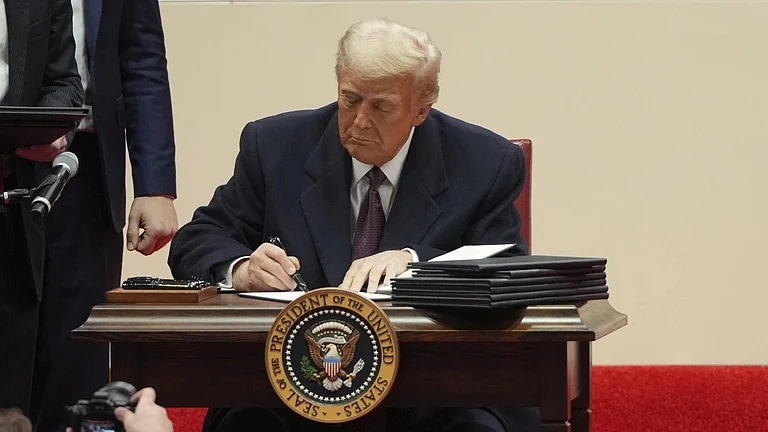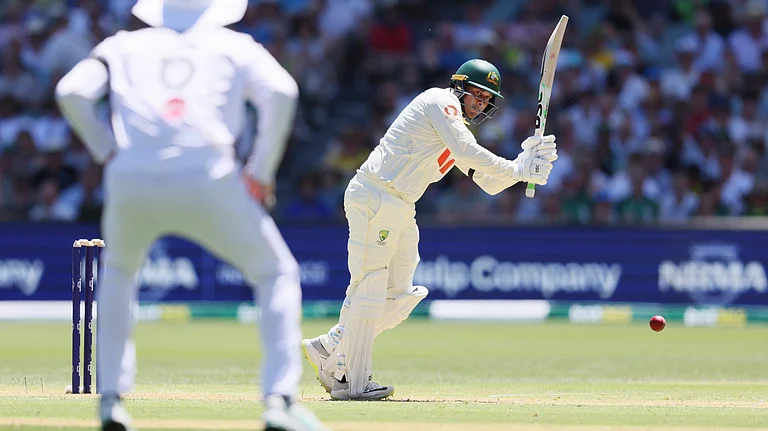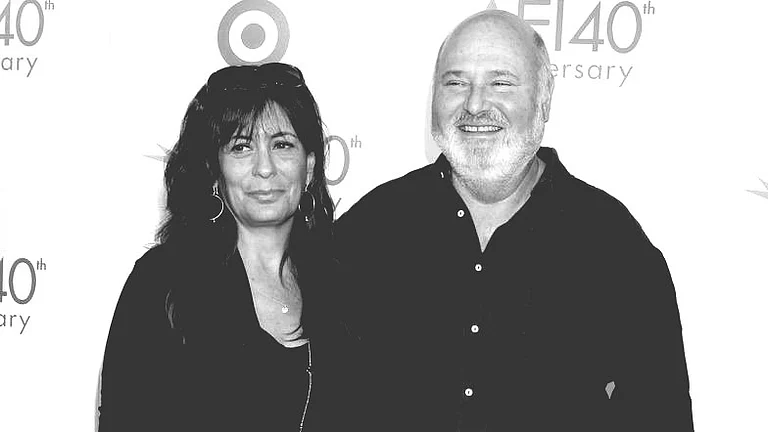“What does that fire remember? The screams of Satis
Dragged to their husband’s pyres and brides burnt alive;
The wails of caste-crossed lovers put to death,
The tongue-chopped shrieking of raped women.
This has happened before, this will happen again.
Manu said once, so his regiment repeat today:
All women are harlots, all women are base;
All women seek is sex, all they shall have is rape.
Manu gives men a licence plate, such rape-mandate.
This has happened before, this will happen again.”
-Rape Nation by Meena Kandasamy
Writer-activist Meena Kandasamy has been in the news lately for her staunch criticism of the Manusmriti and for lauding Periyar E.V. Ramasamy, the founder of the Dravidian movement. She has been subjected to massive trolling on Twitter for her views and has even received rape and death threats.
Kandasamy calls herself an “unashamed feminist” and writes on issues revolving around caste, politics, patriarchy and religion. She is the author of “The Gypsy Goddess”, “When I Hit You”, “Exquisite Cadavers” and three collections of poetry — “Touch”, “Ms Militancy” and “#ThisPoemWillProvokeYou & Other Poems”.
While speaking to Outlook’s Intifada P Basheer, Kandasamy discusses the relevance of Periyar’s ideology in Tamil Nadu, the upcoming state Assembly elections and doesn’t mince words when asked about her views on the Manusmriti, the Indian judiciary, casteism and feminism. Excerpts:
Your recent comments lauding Periyar received a lot of criticism. With the Tamil Nadu Assembly elections inching closer, what role do you think Periyar’s ideology will play in shaping the general discourse during the polls?
There is awareness among Tamil people about the importance and need for Periyarism today. The more the Hindutva groups’ acts of violence come to the forefront, there is a more nuanced understanding and awareness among the people that Hindutva is being used to polarise the society. Love jihad, CAA and NRC are examples and I think most sections of Tamil society have completely rejected such attempts of polarisation.
And as the BJP and RSS gun for a Hindu Rashtra, we find that their actions echo with Periyar’s warnings. For instance, the fact that there’s a Hindu-Hindi-north Indian domination attempt, validates what Periyar said. Also, it’s important to note how right-wing elements have gone after him by trying to desecrate his statues. Right now, we need to focus on using Periyar’s Dravidian ideology to counter the BJP.
Discourses about Periyar always revolve around a couple of themes including that of feminism. Lately, there’s been a lot of dialogue around women’s rights with actor Kamal Haasan receiving a lot of flak for saying a “woman’s dignity can protect her from sexual harassment”. How do you weigh in Periyar’s feminist theories in the current climate?
I think there’s no parallel to Periyar in India (with the exception of Ambedkar), in terms of someone who’s addressed women’s issues in such an extensive manner. He advocated for 50 per cent reservation for women in education and employment way back in the 1920s. He was not somebody who thought women should be relegated to the domestic sphere. He believed that only when Tamil women get ready to go to jail, the Tamil people will be liberated.
He wanted women to be part of the mainstream discourse and that’s what we are witnessing today, the Shaheen Bagh protest is one such example. He never spoke about the need for women to carry themselves with “dignity”. He smashed this whole concept of femininity and masculinity. Basically, what Kamal Haasan said was another way of saying “these things (sexual abuse) do not happen to “good” women”. When such comments are made, there’s a need to assert Periyar’s brand of radical thought that propagated gender equality and did not burden women with cultural expectations.
Time and again through your writings you have linked the issue of casteism with sexual harassment. Can you elaborate on that?
A lot of thinkers, including Ambedkar and Periyar believed that the caste system is a tool to ensure endogamy within each caste, which generally translates to controlling women. You have the Manusmriti, which is a dogmatic text that’s never read but ensures that it dictates every aspect of our lives. It propagates control of women because when you control women you control the bloodline and the purity of caste. And as women we have the right and responsibility to not put up with this.
The caste system has thrived in India for such a long time because of this sort of extreme control and this is what leads to violence against women, honour killings, noise about love jihad etc. So, it’s very important to link these two concepts.
While talking about casteism you haven’t shied from criticising the judiciary. For instance, you have been very critical of the Kilvenmani judgment. Interestingly, on January 6, a plea was filed in the Supreme Court seeking guidelines to regulate social media platforms for anti-judiciary views. Your comments.
This is quite interesting. The sacredness of the judiciary, the fact that it is considered holy and cannot be questioned and the very idea of contempt itself is basically a gag order on us, restricting us from functioning as a democratic society. And I am glad you spoke of Kilvenmani. I mean just look at the history of the Indian judiciary when it comes to massacres of Dalit people whether its Kilvenmani or Bathani Tola, or Laxmanpur Bathe. The accused are always allowed to walk free. How can this happen?
Also, when it comes to cases of violence against women so many judgments have indulged in victim shaming. We are told how to dress, what to wear while visiting the in-laws and so on.
Another issue is that of reservation. I think the real poison in the Indian judiciary is the way in which it consistently chips away at our constitutional guarantees that safeguard reservation. Even though we have provisions for reservation in our parliamentary set up, the judiciary is constantly trying to make sure it’s diluted. A case in point is the attempt to introduce a creamy layer for the Scheduled Castes. There are so many other judgments as well and every day the judiciary is trying to eat away the provisions of social justice. What kind of justice are the courts upholding? Are they upholding the justice of the Constitution or are they upholding the justice of the Manusmriti? I think this is a question for the judges to ponder and some of it is directly linked to the way in which judges are appointed in this country. And lastly, I think we need to be critical of all institutions.
In “Ms Militancy” you write, “Telling my story another way lets me forgive you…I work to get back to myself, I do not write into patriarchy.” Can you elaborate on what writing means to you and do you write with a particular aim in mind?
I think I write with a particular question in mind and through the process I try to arrive at an answer.
For instance, when I wrote the “Gypsy Goddess”, my question was how did such a massive massacre of 44 Dalit men and women (in Tamil Nadu’s Kilvenmani) get erased from public memory?
And in “Ms Militancy” I tried to question the role of myths and epics in our society. I questioned the patriarchal narrative. Why is Sita portrayed in such a manner that when she steps out of line she is doomed?
Also, sometimes these myths are used to whip up national frenzy. When you look at the Ram Janmabhoomi movement, it is based on the character of Ram and what he was meant to represent. So, in “Ms Militancy” I tried to change the narrative of the epic and challenge the ideas of divinity and masculinity.
Are you working on anything right now?
I am working on a novel where I am probing the issue of fascism. Again, it’s from a question that I have been troubled with and I am trying to understand how right-wing elements in India today resemble the Nazis in Germany during the 1930s-40s.






.png?w=801&auto=format%2Ccompress&fit=max&format=webp&dpr=1.0)













.png?w=200&auto=format%2Ccompress&fit=max)

.png?w=200&auto=format%2Ccompress&fit=max)



